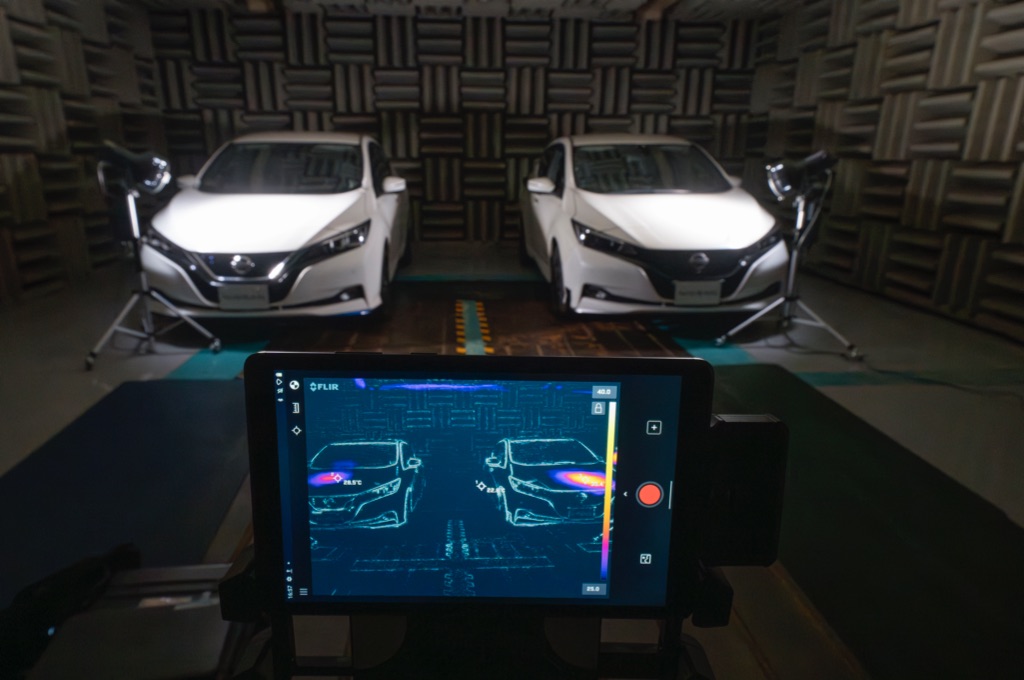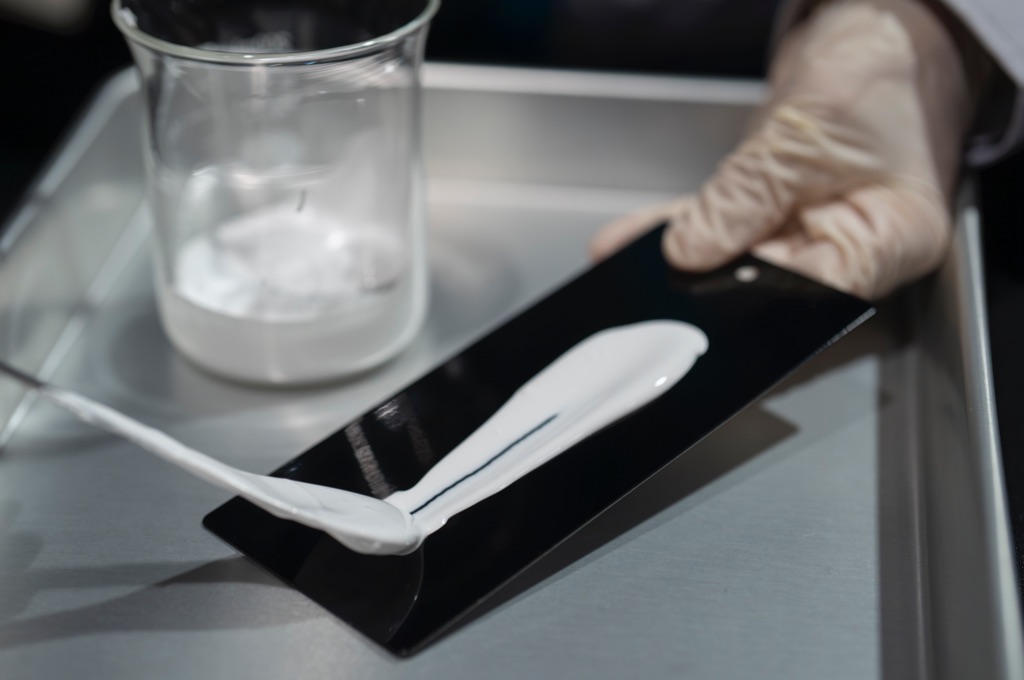Are you feeling the heat? So is your car. Getting the interior of your car to a comfortable temperature takes a lot of energy, with experts saying it knocks around 5% off your overall range to take it from 30oC outside to 20C inside the car.
One way to conserve energy is being investigated by Nissan, which is trialling an innovative automotive paint aimed at helping lower a vehicle's ambient cabin temperature in summer by reflecting the sun’s rays.
Developed in partnership with Radi-Cool, a specialist in radiative cooling products, the paint incorporates metamaterial, which are synthetic composites with structures that exhibit properties not usually found in nature.
In November 2023, Nissan commenced a 12-month feasibility trial at at Haneda, Tokyo’s International Airport. In collaboration with All Nippon Airways, Nissan's cool paint was applied to a service vehicle.

With its large, open tarmac, Haneda airport provided the perfect environment to conduct real-world evaluation of the paint's performance under an exposed high-temperature environment.
Although still in testing phase, the results to date have shown that a vehicle treated in Nissan's cool paint has a 12oC reduction in exterior surface temperatures and up to 5oC lower interior temperature, compared to a vehicle featuring traditional automotive paint.
The paint's cooling performance is particularly noticeable when a vehicle is parked in the sun for an extended period.
The metamaterial embedded within Nissan's cool paint features two microstructure particles that react to light. One particle reflects near-infrared rays in the sunlight that would typically cause molecular level vibrations within the resin of traditional paint to produce heat.

The second particle enables the real breakthrough. It creates electromagnetic waves, that counteract the sun's rays, redirecting the energy away from the vehicle into the atmosphere. Combined, the particles in Nissan's cool paint reduce the transfer of heat into surfaces such as the roof, doors and panels.
Leading the development is Dr. Susumu Miura, senior manager and expert at the Advanced Materials and Processing Laboratory, Nissan Research Center. "My dream is to create cooler cars without consuming energy," he said. "This is especially important in the EV era, where the load from running air-conditioning in summer can have a sizable impact on the state of charge," he said.
While radiant cooling paint isn't new, it is typically used for buildings and structures. It's often very thick, requiring application by a paint roller. Devoid of any clear topcoat, it can leave a chalky residue when touched.
Key challenges Miura had to consider when developing an automotive version, was to ensure it could incorporate a clear topcoat, be applied via a spray gun and meet Nissan's rigorous internal standards for paint quality.
Since commencing the development in 2021, Miura and his team have tested over 100 samples, and are currently evaluating a thickness of 120 microns, approximately six times thicker than typical automotive paint. They have confirmed resistance to salt and chipping, peeling, scratches, chemical reactions, along with colour consistency and repairability. As development progresses, Miura and his team continue to explore thinner options that deliver the same level of cooling performance.
While the testing and development is ongoing, for Miura and his team, the hope is that it can one day be offered for special orders and in a variety of colours.












